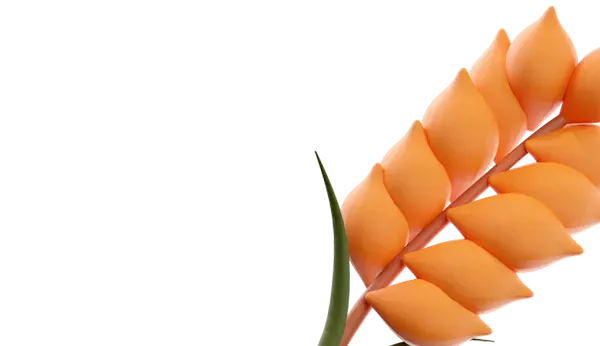Experts from Morocco (Moroccan National School of Agriculture in Meknes, Sidi Mohamed Ben Abdellah University) and France (University of Reims) have identified promising plants with medicinal properties to combat apple postharvest fungal diseases.
Cultivation of apple trees (Malus domestica) plays a key role in the international food system, covering about 4.8 million hectares and producing approximately 95 million tons of apples annually.
China leads global apple production with 45.98 million tons, followed by Turkey (4.49 million tons) and the USA (4.46 million tons). In Africa, Morocco ranks second in apple production after South Africa, producing 889,736 tons per year, grown on 52,550 hectares with a yield of 16.93 tons per hectare.
The increase in fungal diseases in apple orchards has become a serious issue for apple producers worldwide.
Among the main postharvest pathogens are fungi Penicillium expansum and Botrytis cinerea, causing blue mold and gray mold, respectively.
These fungi not only lead to serious economic losses and decreased product quality but also threaten food safety.
P. expansum is particularly worrisome due to patulin, a mycotoxin with dangerous properties often found in infected apples and their products.
On the other hand, B. cinerea is considered the second most important plant pathogen globally, producing several toxins, such as botrydial and botrycinic acid.
Although conventional fungicides provide a certain level of control, their effectiveness is limited by ecological issues, the development of resistant fungal strains, and threats to food safety. Therefore, resilient and effective alternatives are needed.
One potential approach is the use of biological control agents, such as yeasts, bacteria, and nanomaterials. Recent studies have focused on plant compounds due to their powerful antifungal properties. Extracts from various plants have shown promising results against P. expansum and B. cinerea.
However, most studies have been conducted on common medicinal plants without considering species combinations growing in the Mediterranean and North African regions. This study, for the first time, examines the antifungal activity of ethanol extracts of four less studied plants in the region:
- Southern Hackberry (Celtis australis), also known as stone tree for its robust root system providing plant stress resistance,
- Wild Olive (Olea europaea subsp. sylvestris (O. oleaster), a medium-sized tree with leathery leaves,
- European Fan Palm, Chamaerops humilis (C. humilis), a perennial plant representing fan palms,
- White Asparagus Asparagus albus (A. albus), a flowering plant with white stems.
These plants have long been used in traditional medicine, but their potential in combating postharvest apple fungi has not been studied. The research combines in vitro and in vivo analyses, as well as chemical identification using high-performance liquid chromatography (HPLC), providing a comprehensive approach that combines biological activity assessment with chemical analysis to develop natural fungicides.
The studied plant species, A. albus, C. australis, O. oleaster, and C. humilis, belong to different families and were selected in the Fes-Meknes region, in the city of Fez, with a mild sunny Mediterranean climate.
Ethanol extracts were obtained from dried leaves of these plants and used to conduct antifungal tests against P. expansum and B. cinerea.
The research results showed high antifungal activity, especially in the Celtis australis extract, which at a concentration of 300 g per liter significantly inhibited mycelium growth (61% for P. expansum and 41% for B. cinerea), reduced disease severity (39% and 50%), and decreased disease incidence (43% and 48%).
Phytochemical analysis indicated the presence of phenols and flavonoids in the examined extracts. It is also noteworthy that the use of these extracts contributed to preserving the quality of apples during storage.
Molecular studies showed that the main compounds in Celtis australis extract inhibited the enzyme 14α-demethylase, playing a key role in the biosynthesis of fungal sterols.
This research aims to support sustainable agriculture by developing plant-based disease control methods that are not only effective but also environmentally safe. It offers potential paths to a safer and more resilient apple crop protection, benefiting both producers and consumers.
Based on the research by the author group (Hadjia Benamar, Rachid Lahlali, Rachid Ezzouhari, Mohammed El Wassite, Ilham Dehbi, Mohammed Hadiri, Mohammed Radi, Lhoussen Ait Haddu, Saad Ibnsouda Korayshi, Saad Benamar, Abdellatif Boukir, Essaeid Ait Barka, Kaoutar Fikri-Benbrahim), published in the Agronomy 2025 journal on the portal www.mdpi.com.















